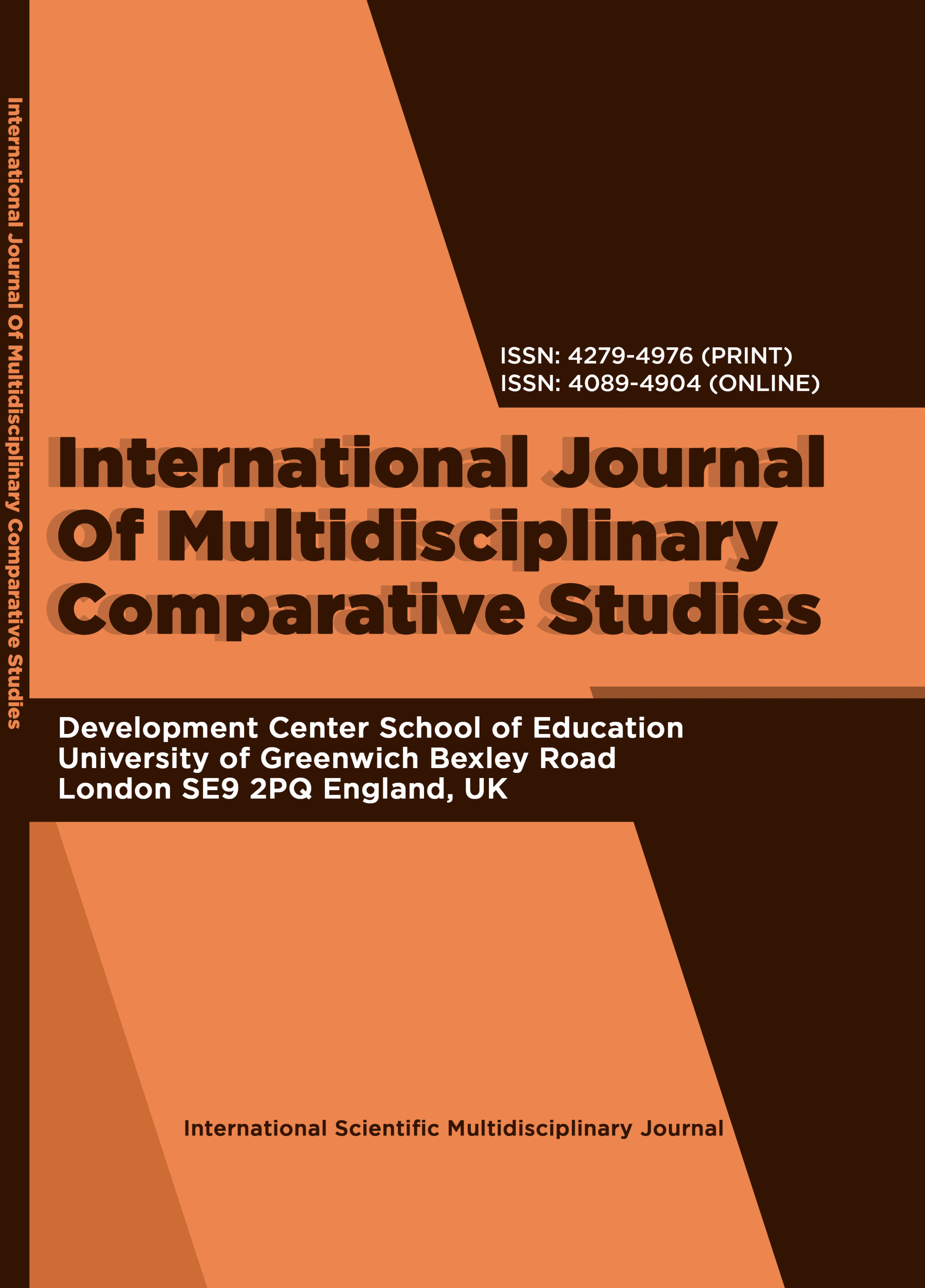INTERNATIONAL JOURNAL OF MULTIDISCIPLINARY COMPARATIVE STUDIES (IJMCS)
Factors Influencing English Language Speaking Anxiety among Education Faculty Students of Tishk International University-Erbil, Iraq
E-ISSN: 4089-4904
P-ISSN: 4279-4976
DOI: https://iigdpublishers.com/article/357
Speaking anxiety is a constant hindering factor in English language classrooms that requires prompt attention to guarantee learners’ development in verbal communication. This hinders pupils from effectually interacting verbally and articulating themselves. Multiple factors are the sources of learners’ anxiousness when speaking another language and it has been found to hinder the development of language learners in Erbil, Iraq. This study aims to find the factors causing anxiety, the language elements leading to anxiety, and various ways to overcome speaking anxiety. Moreover, an online questionnaire was shared to collect quantitative data from 181 learners from 2nd to 4th grade from the five Education Departments of Tishk International University. The main instructional language and academic processes of the university is English; hence, pupils are expected to interact using English rather than their native language. This can prompt pupils to experience anxiety when speaking a second language. Furthermore, the quantitative data collected from the survey consisted of numerical findings regarding students’ views on their speaking anxiety. The specific aspects of speaking anxiety investigated in the study included fear, embarrassment, confidence levels, and avoidance. The data exemplified that contributors faced diverse levels of anxiety. Learners’ anxiousness increased due to specific components in language, and anxiety made using those components challenging. Interestingly, the preponderance of contributors shared that their academic success was not influenced by speaking anxiety. Educators can develop approaches that encourage students to improve their speaking skills by gaining knowledge regarding the frequency, sources, and factors of speaking anxiety. Therefore, speaking anxiety must be deliberated during preparation and instructional processes to ensure language learners are provided adequate support for verbal development.
AIVAR L. SURJI & HANNAH K. SURJI
Anwar, K., & Louis, R. (2017). Factors Affecting Students’ Anxiety in Language Learning: A Study
of Private Universities in Erbil, Kurdistan. International Journal of Social Sciences &
Educational Studies, 4(3), 160-174. https://doi.org/10.23918/ijsses.v4i3p160
Asif, F. (2017). The Anxiety Factors among Saudi EFL Learners: A Study from English Language Teachers' Perspective. English Language Teaching, 10(6), 160-173. https://doi.org/10.5539/elt.v10n6p160
Basic, L. (2011). Speaking anxiety: an obstacle to second language learning?
Beiter, R., Nash, R., McCrady, M., Rhoades, D., Linscomb, M., Clarahan, M., & Sammut, S. (2015).
The prevalence and correlates of depression, anxiety, and stress in a sample of college students. Journal of affective disorders, 173, 90-96.
Campbell, C. M., & Ortiz, J. (1991). Helping students overcome foreign language anxiety: A foreign language anxiety workshop. Language anxiety: From theory and research to classroom
implications, 1(1), 153-168.
